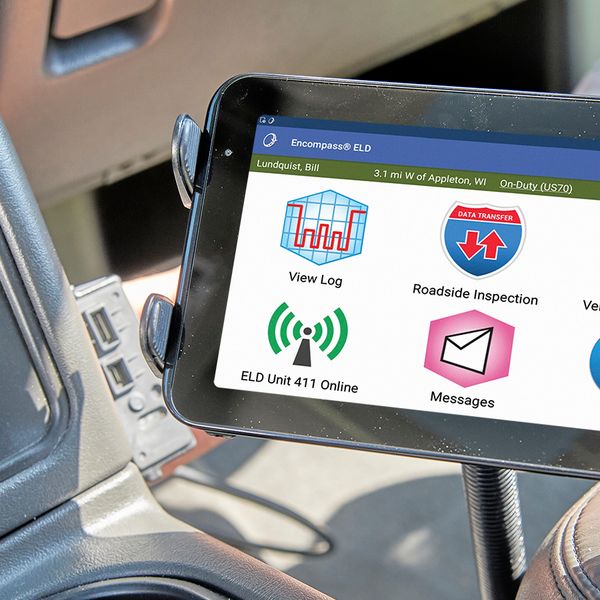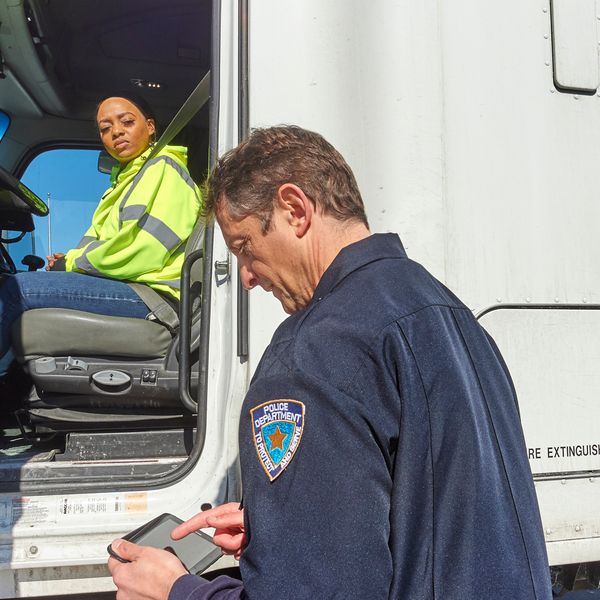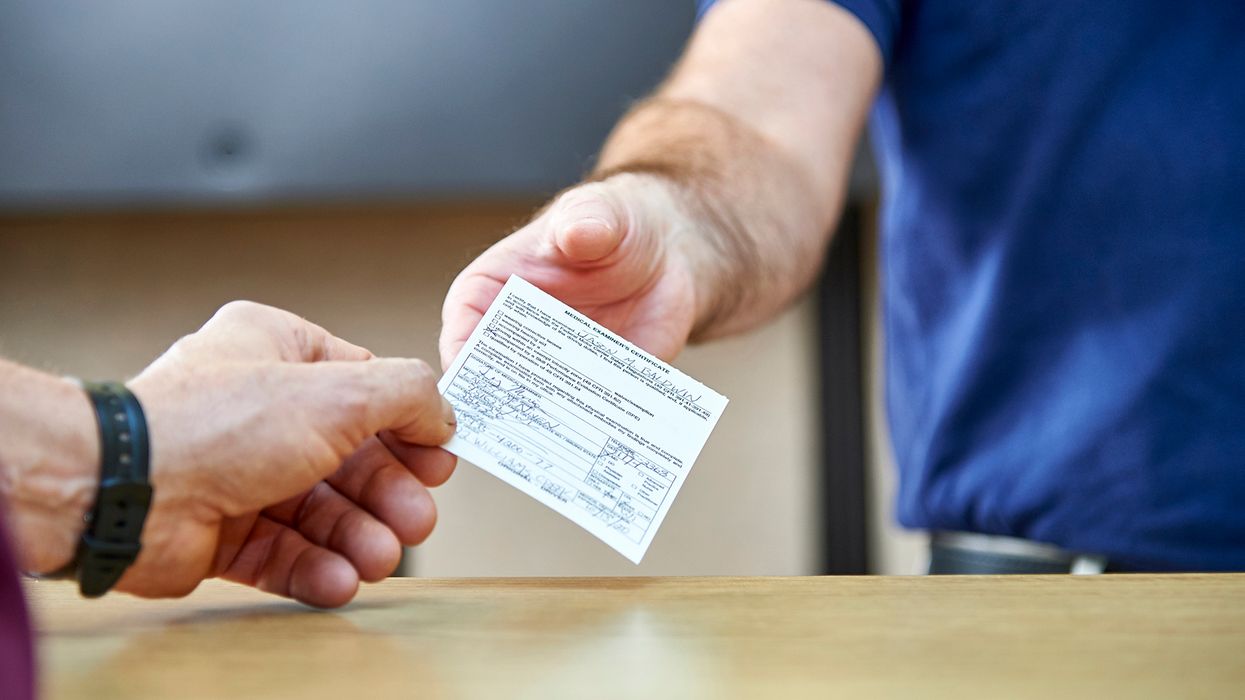Unassigned driving time: Deal with it or face the fines
Unassigned driving time in an electronic logging device (ELD) and system, like the ghost of Christmas past, will come back to haunt you if you don’t deal with it. There are two reasons for this.
First, it is a violation of the Federal Motor Carrier Safety Administration (FMCSA) regulations to not deal with it and can lead to a penalty (fine) during an audit. Second, it is an indication of drivers trying to falsify their logs. False logs can lead to roadside inspection violations followed by an audit, which will lead to an even larger penalty.
The regulation
The regulations related to unassigned driving time (395.32) require one of three things to happen:
- A driver accepting the unassigned driving time. When a driver logs into an ELD that has unassigned driving time on it, the device must offer it to the driver. The driver must then either accept or reject it.
- The carrier assigning the driving time to the correct driver. If a driver has not accepted the unassigned driving time, the carrier must investigate it and determine whether it can be assigned to a driver. If it can, it must be assigned to the driver. Typical tools used in the investigation include driver assignments (who was operating the vehicle before and after the unassigned driving time) and position and maintenance reports (was the vehicle moving down the road, where did it happen, etc.).
- The carrier adding a comment to it. If the carrier determines the unassigned driving time does not belong to a driver, the carrier must attach a comment to the unassigned driving time explaining why it could not be assigned to a driver. This is the last resort, not the first choice.
If none of the above is done, it is a violation of 395.32.
Falsification
Drivers will create unassigned driving time by driving when logged out of the ELD when trying to operate in violation of a limit in 395.3 or 395.5. This in turn is creating a false log under 395.8(e). This is because the driver in effect logging off duty while driving and on duty. Common methods drivers use include:
- Not logging in at the start of the day. This can be done to create a required break (10 hours for a property carrying driver, 8 hours for a passenger carrying driver), when one did not exist. It is also done by drivers if they know they have a long day coming and want to save some hours for later in the day.
- Logging out and continuing to drive when a limit is reached. The false belief here is as long as the ELD doesn’t tell the driver a violation exists, no one will know.
Both situations are obvious to a carrier reviewing and assigning unassigned driving time. This is because when the unassigned driving time is assigned the driver, the driver is over hours.
Unassigned driving time is driving me nuts! How do I stop it?
As well as attempting to falsify, unassigned driving time can be created due to systemic issues or driver errors. There are things a carrier can do to prevent unnecessary unassigned driving time, including:
- Assign a driver account to all personnel that might move a vehicle. This includes mechanics and hostler (yard) drivers. If you are not willing to do this, unassigned driving time will be unavoidable. One reason to consider this is the unassigned driving time created by these employees is the type that requires the most work (investigation followed by a comment).
- Have drivers use the special driving categories on the ELD. This way, they will not have to log out when the driving time needs to be on a different duty line, such as off duty, during personal use, and on duty during yard moves. However, this will result in the need to audit special driving category use in order to verify drivers are not using it to falsify.
- Work with the drivers. Counsel and/or retrain drivers when they forget to log in, log out early, or they are not logging in for movements they mistakenly believe they do not need to be logged in for, such as personal use and yard moves.
Key to remember: Unassigned driving time requires attention. It indicates drivers are either making errors or falsifying, neither of which is acceptable.



















































